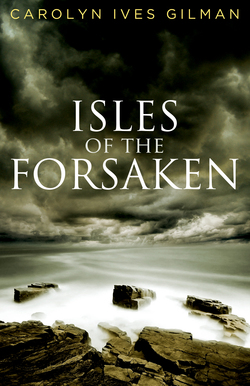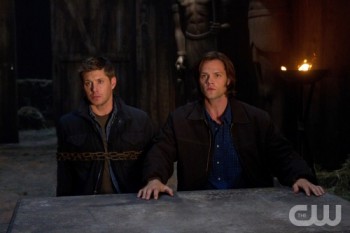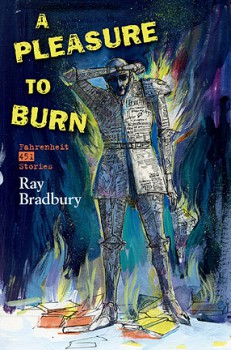Goth Chick News: For Your Halloween Reading Pleasure: The Night Circus
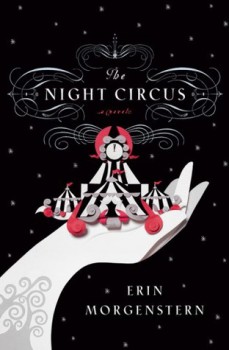 When I first heard about new author Erin Morgenstern’s book The Night Circus, it was billed as an antidote for the withdraw symptoms Harry Potter fans were experiencing. Though I wouldn’t go so far as saying I’m having Potter DDT’s, I must admit that the sudden void left in my literary life by the lack of pure escapism fantasy was making me a bit twitchy.
When I first heard about new author Erin Morgenstern’s book The Night Circus, it was billed as an antidote for the withdraw symptoms Harry Potter fans were experiencing. Though I wouldn’t go so far as saying I’m having Potter DDT’s, I must admit that the sudden void left in my literary life by the lack of pure escapism fantasy was making me a bit twitchy.
But good luck living up to my Hogwarts-sized expectations, I thought. Another book about magic we don’t need.
However, once The Night Circus hit store shelves on September 13th I couldn’t seem to get around the title. It just kept nagging my imagination, which conjured up images of an entire carnival appearing over night in what yesterday was just an empty field, and only being open for business after dark.
“If they’re grouping it in with Harry Potter, it must be a kids book,” I thought, and tried my best to ignore it.
After all, J.K. Rowling’s ability to hit that perfect chord between writing for kids yet entertaining adults was a rare thing indeed.
I busied myself with other things and shunned The Night Circus for a whole 10 days.
Then I read that on September 22nd Ms. Morgenstern’s very first outing as a novelist had reached number eleven on USA Today’s bestseller list, and that a full nine months before the book had hit the stands Summit Entertainment had purchased the movie rights.
All right, fine.
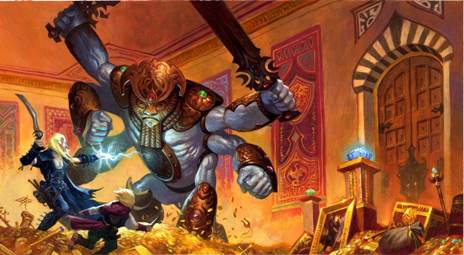
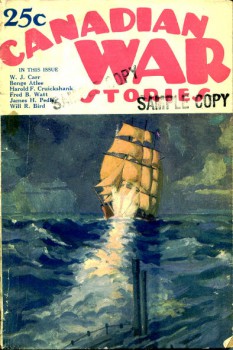
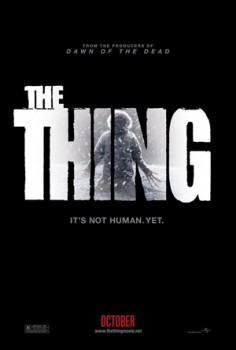
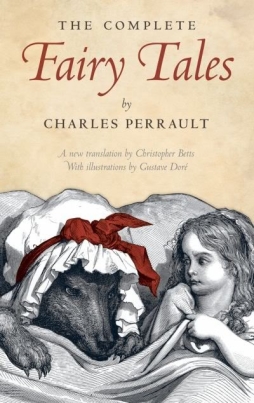 In my
In my 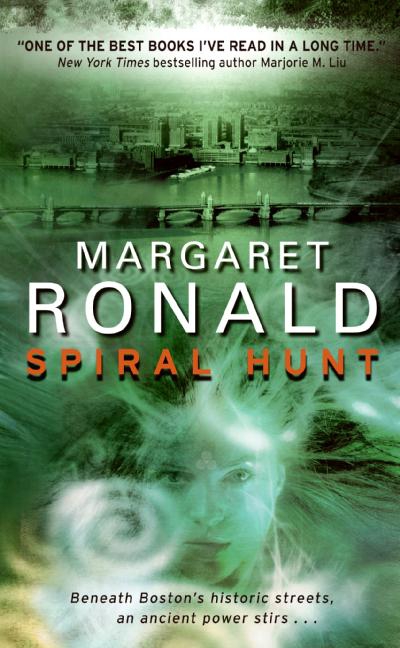 Spiral Hunt
Spiral Hunt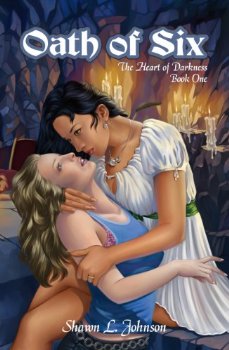 It took me years to complete the first draft of Oath of Six, the first volume in my fantasy series The Heart of Darkness.
It took me years to complete the first draft of Oath of Six, the first volume in my fantasy series The Heart of Darkness.